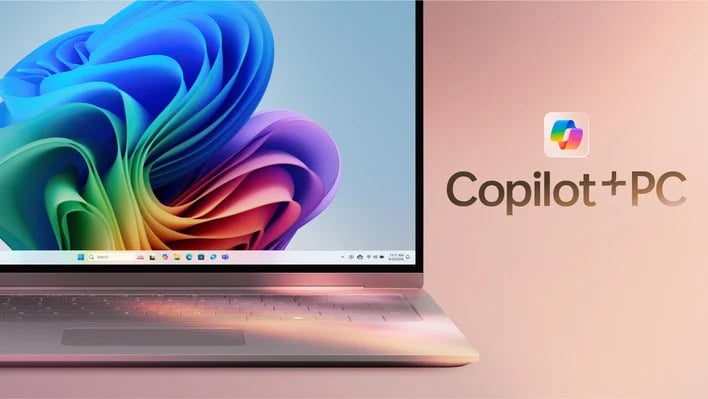
Microsoft is bringing its own AI based super resolution technique, dubbed Automatic super resolution (Auto SR), to the masses by baking it right into Windows. Like other solutions from AMD, Intel and NVIDIA, Microsoft’s solution takes a game rendered at a lower resolution and upscales it using AI-powered algorithms to enhance the image quality, while also boosting frame rates. For now, this new solution will be limited to Copilot+ PCs with the Snapdragon X chips onboard.
Microsoft says that Auto SR works by using a “convolutional neural network (CNN) expertly trained on gaming content.” Because it’s integrated into the operating system there should be less friction for end users to use the technology, as there’s “coordination from the driver to the display output” to ensure seamless operation. When launching a supported game, the resolution is automatically lowered and the AI upscaler kicks into gear. Once a user returns to the desktop the resolution returns to what it was prior to launching the game.
This model is designed to work with a Neural Processing Unit (NPU) to attain the visual uplift, and Auto SR ensures that this all works in concert with the CPU and GPU. With the NPU there to assist the CPU and GPU, it should allow for optimal visual fidelity and peak performance with minimal overhead. The company is claiming that Auto SR, on average, only adds a mere frame of latency.

Microsoft’s AutoSR is designed to work automatically with minimal user intervention or developer effort, but for now it only supports 11 titles automatically. Other games may work properly by manually enabling the technology and tweaking a few settings, but it’s going to take some time for Microsoft to qualify additional titles and enable automatic support.
While Auto SR will only work with Snapdragon X machines at the start, Intel and AMD will both be joining the party soon with future chips housing more powerful NPUs.